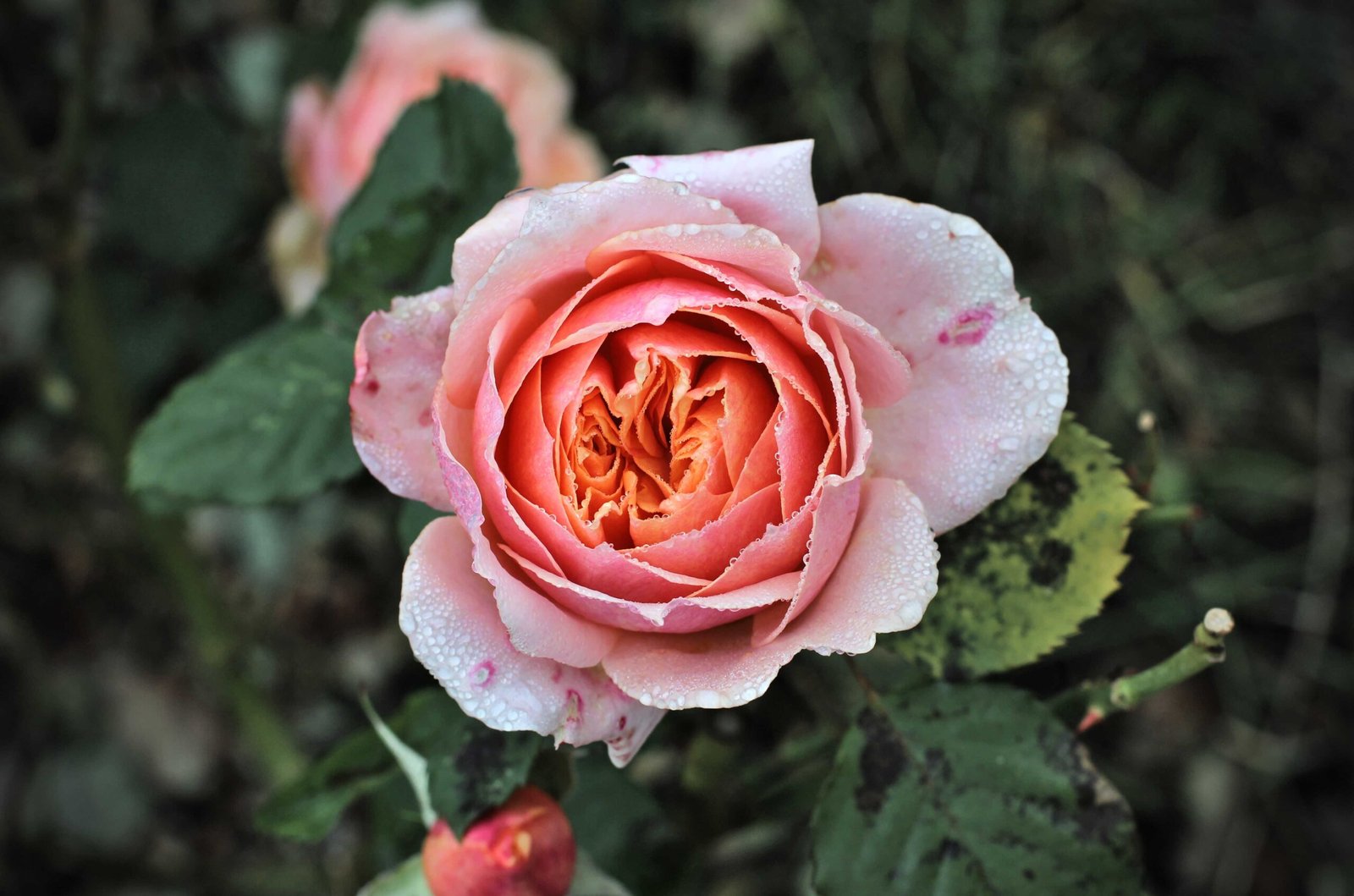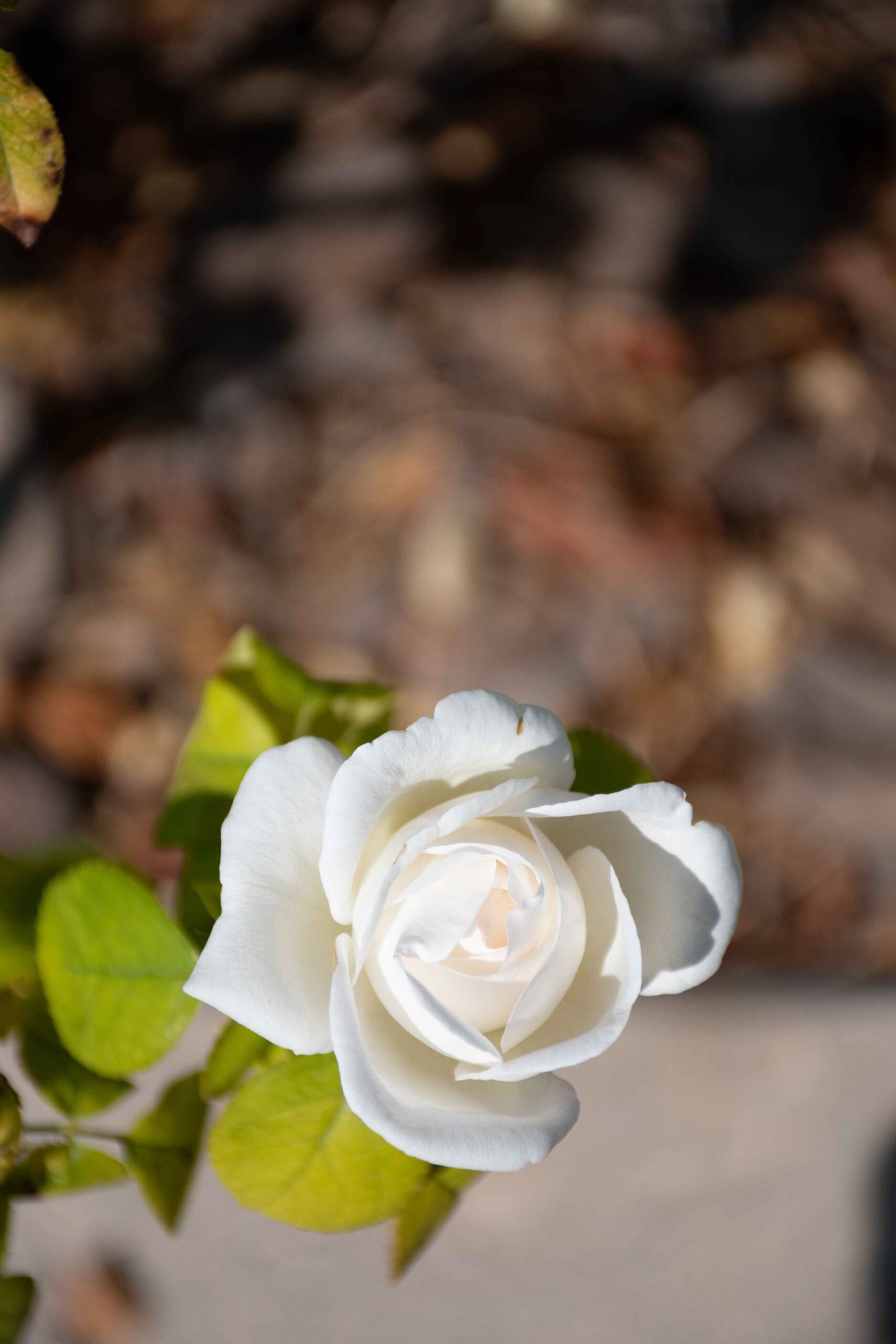What Determines the Color of Roses?

The color of roses is primarily determined by two classes of pigment molecules: anthocyanins and carotenoids.
What Are Anthocyanins?
Anthocyanins are responsible for the red, purple, and blue colors in roses. These pigments belong to the family of flavonoids and are water-soluble, found in the cell vacuole. The most common anthocyanins in roses include cyanin and pelargonin, which are derived from anthocyanidins by the addition of sugars. The color of anthocyanins can vary depending on the pH of the plant’s sap.
What Are Carotenoids?
Carotenoids contribute to the yellow and orange colors in roses. These pigments are more diverse than anthocyanins, with over 75 different carotenoids identified in yellow rose varieties. Carotenoids such as beta-carotene, which is also found in carrots, are common in roses.
How Do Environmental Factors Affect Rose Color?

How Does pH Affect Rose Color?
The pH of the soil and plant sap affects the color of anthocyanins. In acidic conditions, anthocyanins appear more red, while in basic conditions, they appear more blue. However, the natural pH range of rose sap typically keeps anthocyanins in their red or purple forms.
How Does Light Exposure Affect Rose Color?
Light exposure can influence the production of pigments. Increased light can enhance the production of anthocyanins, leading to deeper red colors, while reduced light can result in less intense colors.
How Does Temperature Affect Rose Color?
Temperature can also affect pigment production. Generally, cooler temperatures can enhance the production of anthocyanins, while higher temperatures may reduce it.
What Genetic Factors Influence Rose Color?
What Is the Role of Anthocyanidin Glucosyltransferase?
In roses, the enzyme anthocyanidin 5,3-O-glucosyltransferase catalyzes the glycosylation of anthocyanidins, leading to the formation of stable anthocyanins. This enzyme is unique in roses, performing two successive glycosylation reactions.
How Does Genetic Variability Affect Rose Color?
The genetic diversity among rose species, achieved through selection, mutation, and hybridization, has led to the wide range of colors seen in roses today. For example, old yellow roses and modern yellow roses have different carotenoid profiles due to their different breeding histories.
How Do Cultural Practices Influence Rose Color?
How Does Fertilization Affect Rose Color?
Fertilizers rich in nutrients such as nitrogen, phosphorus, and potassium can enhance overall plant health, which can indirectly affect pigment production. However, there is no direct evidence that specific fertilizers can alter the color of roses.
How Does Pruning Affect Rose Color?
Pruning practices can influence the exposure of rose flowers to light, which in turn can affect pigment production. Proper pruning to ensure adequate light exposure can help maintain or enhance the color intensity of the flowers.
How Does Watering Affect Rose Color?
Adequate watering is essential for maintaining plant health, but there is no specific evidence that watering practices directly affect the color of roses. Consistent moisture levels help in the overall health and pigment production of the plant.
